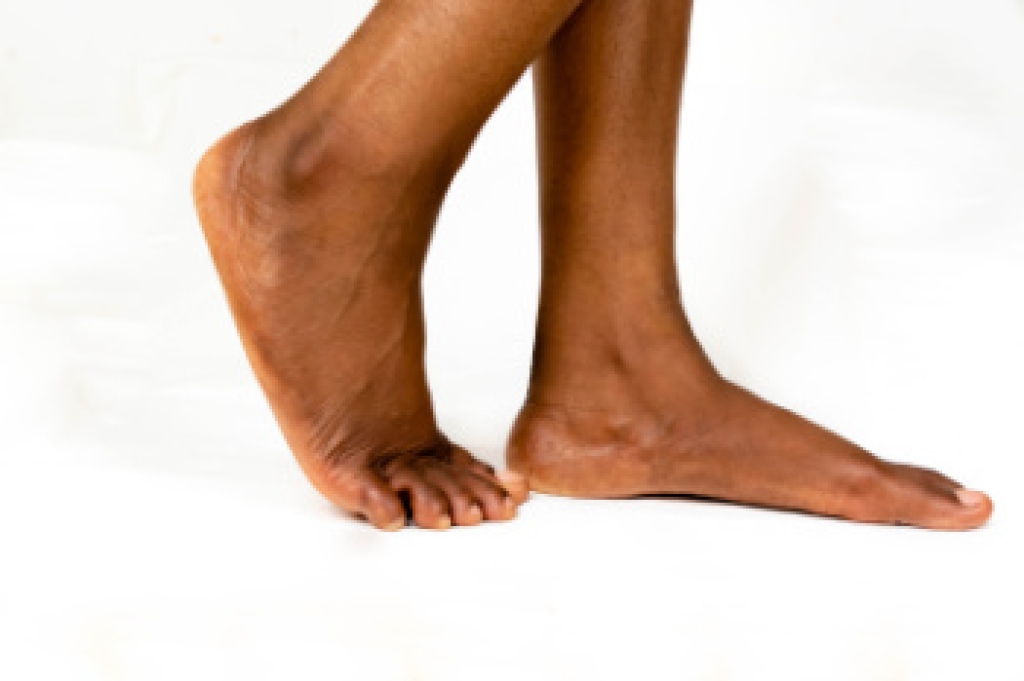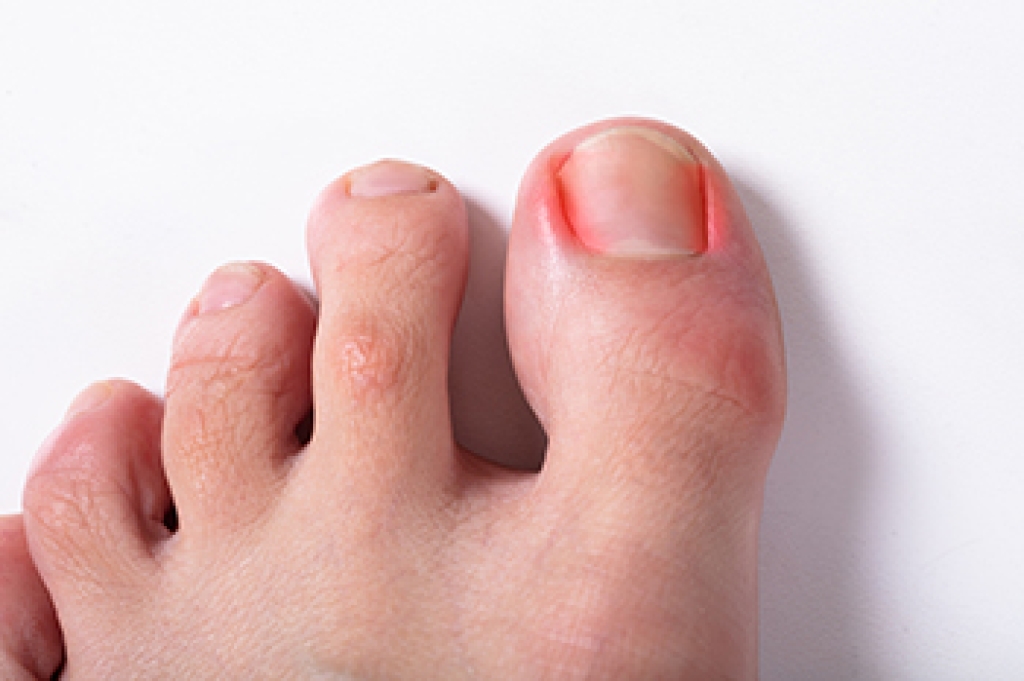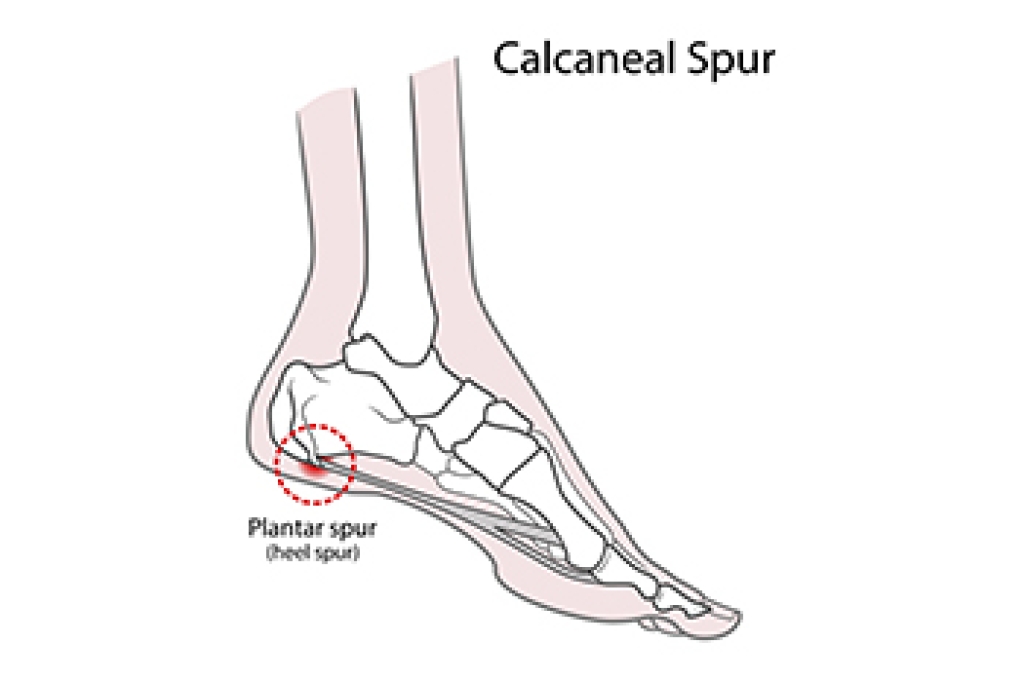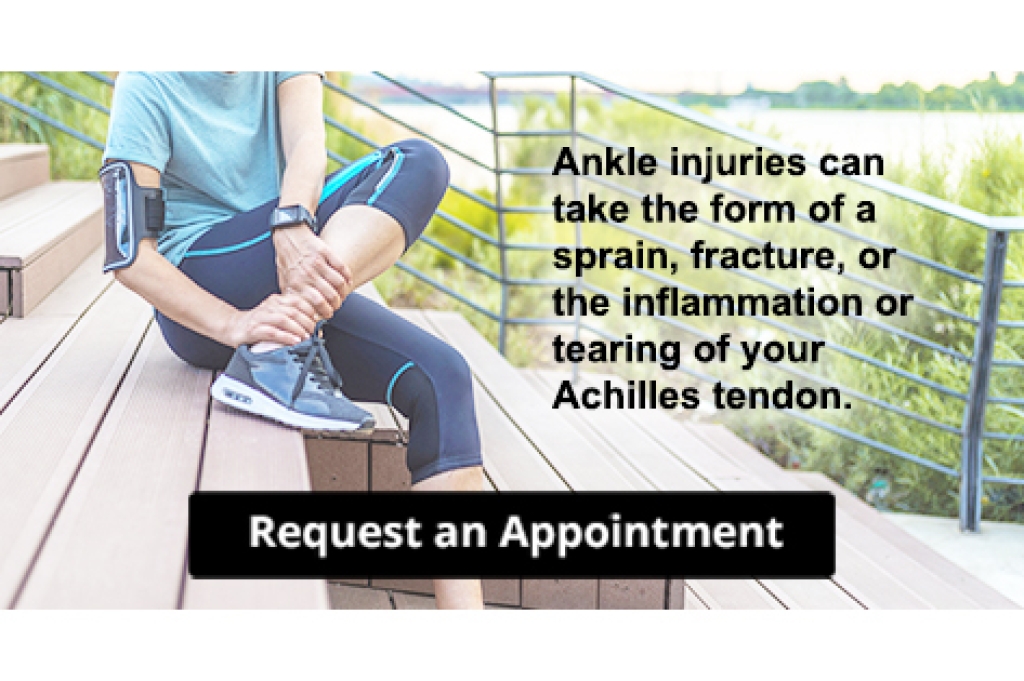
Flat feet occur when the entire sole makes contact with the ground while standing, which means the foot has little or no arch. There are two main types of flatfoot. Flexible flatfoot shows an arch when the person is sitting or lying down, but the arch disappears when standing. Rigid flatfoot has no visible arch whether or not the foot is bearing weight. In children, flexible flatfoot is common and often seen as part of their normal development. In adults, flatfoot may develop over time due to strain or weakness in the tendon that helps support the arch. Flat feet can also be linked to obesity, pregnancy, aging, diabetes, nerve issues, or certain bone and ligament conditions. A chiropodist can help by evaluating your foot structure, offering orthotic support devices, and reducing pressure on the affected areas. If your feet hurt, it is suggested that you make an appointment with a chiropodist for help.
Flat feet are a common foot condition. If you are experiencing pain or discomfort due to flat feet, please consult with Emily Yu, B.Sc from Uptown Foot Care Clinic. Our specialist will assess your condition and provide you with quality foot and ankle treatment.
What Are Flat Feet?
Flat feet are feet that do not have a well-defined arch in the middle of the sole of the foot. Flat feet may be flexible or rigid. Flexible flat feet have an arch when there is no pressure put on the foot, such as when one is sitting, but the arch disappears upon standing. Rigid flat feet lack an arch regardless of whether one is standing or not.
Causes
Flat feet can be present from birth or acquired over time due to a weakening of the ligaments in the arch. Sometimes flat feet are caused by illnesses, injuries, or pregnancy.
Symptoms
Flat feet often cause no noticeable symptoms. However, some people may experience pain and discomfort due to their flat feet.
Symptoms associated with flat feet include:
- Pain in the arch, heel, ankle, or along the outside of the foot
- Overpronation of the foot
- Shin splints
- Aching or fatigue in the feet or legs
- Pain in the knees, hips, or lower back
Treatment
In cases where flat feet cause symptoms, there are various treatments available. Wearing orthotic inserts in your shoes to provide more arch support, performing stretches, and taking medications may improve your symptoms. If you are overweight, losing weight can help relieve pressure on the feet. In severe cases, surgery may be considered.
If you have any questions please feel free to contact our office located in Toronto, ON .




